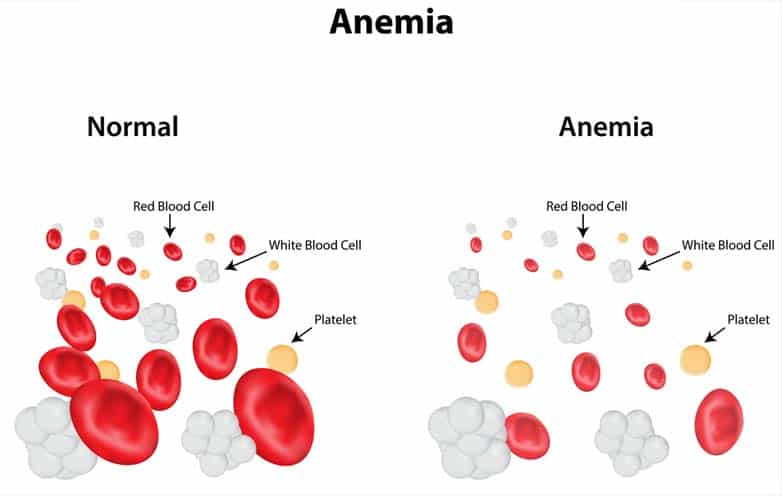



Routine blood tests were performed on POD 1, 2, 3, 4, 5, 7, and 14 days.Ĭomparison of postoperative hemoglobin (Hgb) (a) and hematocrit (Hct) (b) levels, in patients undergoing total hip arthroplasty and total knee arthroplasty. Sutures were removed during postoperative week 2. After THA and TKA, all patients started doing rehabilitation exercises on the first POD and walked with the aid of a walker on POD 2. Patients in the TKA group wore elastic stockings after surgery. The drainage tube was removed 24 h postoperatively. After TKA and THA, the drainage tube was clamped for 2 h before opening.įrom the 1 st postoperative day (POD), all patients were given one tablet of rivaroxaban once daily for anticoagulation. The incision was sutured after the placement of a drainage tube. For THA, patients under general anesthesia were placed in a lateral position to make a posterolateral incision. The incision was sutured after the placement of a drainage tube, and the lower limb was bandaged postoperatively. Twenty-nine patients underwent patellar replacement, and 42 patients received cemented fixation of the prosthesis without patellar replacement. A standard midline incision was made on the knee, followed by a parapatellar incision to expose the joint. The leg was exsanguinated, and a pneumatic tourniquet applied, in which pressure was synchronized with systolic blood pressure for 1 h. The antibiotics were utilized before one-half an hour before operation. For TKA, patients under general anesthesia were placed in a supine position and the lower extremity sterilely prepared and draped. The same group of physicians completed the surgeries. For TKA, all femoral and tibial components were fixed with cement. THA of 168 patients was performed using a bio-based acetabular cup, with eight receiving a cemented femoral stem and 160 a bio-based stem.

Thirteen patients received preoperative phlebotomy for blood-thinning (extraction of 2–4 units before anesthesia) and autologous blood transfusion immediately postoperatively, and 21 patients received intraoperative allogeneic blood transfusion. The remaining 71 patients underwent TKA for osteoarthritis exclusively. Of these, 168 patients underwent THA, including 26 cases of femoral neck fracture, 101 cases of femoral head necrosis, 16 cases of osteoarthritis, 25 cases of congenital hip dysplasia, and 6 cases of intraoperative subtrochanteric osteotomy. This study included 106 men and 133 women, age 53–82 years old (mean 68.5 years). Sixteen patients quit this research for postoperative transfusion. The results will provide a better understanding of the pattern of postoperative Hgb and Hct changes and thus new clinical thinking about THA and TKA.įrom August 2012 to March 2013, 239 patients were included, who underwent primary unilateral THA or TKA, postoperative fluid replacement for 1 day, applied same method of postoperative anticoagulation, and removed drainage tubes 24 h postoperatively. The objectives of this study were: (1) To identify the pattern of postoperative Hgb and Hct changes after THA and TKA (2) to examine the consistency between postoperative Hgb and Hct changes after THA and TKA (3) to determine the time points for the lowest values and recovery of Hgb and Hct levels after THA and TKA. Curves for postoperative Hgb and Hct changes after TKA and THA were constructed and analyzed. In the present study, a retrospective analysis was performed on the clinical data of 239 patients undergoing primary TKA and THA from August 2012 to March 2013. We sought to determine at what time point postoperative Hgb and Hct levels are lowest in patients undergoing THA and TKA. However, previous studies on hidden blood loss after THA and TKA have involved Hgb and hematocrit (Hct) measurements at different time points, thus reducing the comparability of their results. It has been noted that patients undergoing hip surgery and THA or TKA are commonly relatively older, and failure to monitor postoperative Hgb changes in these patients may lead to serious consequences. Despite the ability to minimize intraoperative blood loss, postoperative hemoglobin (Hgb) loss is expected, and a number of studies have reported on hidden blood loss after THA and TKA. Total hip arthroplasty (THA) and total knee arthroplasty (TKA) are currently two effective treatments for many diseases of the hip and knee.


 0 kommentar(er)
0 kommentar(er)
